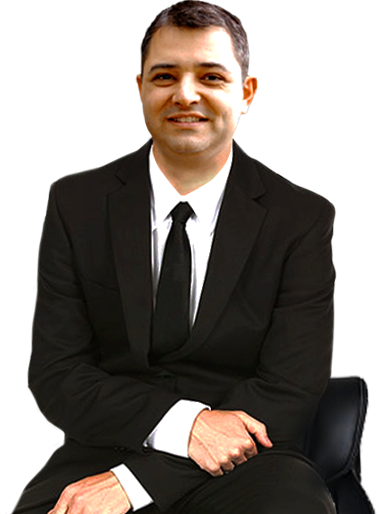Metatarsal Shortening Osteotomy
Metatarsalgia is a term used to describe pain under the ball of the foot. It can be caused by overload of the metatarsal heads, and this can often be associated with a callosity under the ball of the foot. It can often be associated with a plantar plate tear, metatarsophalangeal instability and hammer-toe deformity. The conservative treatment of primary metatarsalgia includes offloading with orthoses (metatarsal bar or dome), regular shaving of the callus and appropriate footwear. If all conservative measures fail, surgery can be an option.
The Surgery
You will have a general anaesthetic and local anaesthetic. An incision is made on top of the foot over the involved metatarsal bones (usually 2nd and 3rd). The involved metatarsal bones are carefully cut, shortened and (usually) fixed in place again with small screws. The ligaments sometimes also need to be re-balanced. The position is usually checked with an XRay before the wounds are sutured and a dressing is applied.
Post-Operatively
You can walk on the foot with a surgical shoe as soon as you are awake. Crutches are optional. You will need to keep the foot elevated as often as possible, this is to control swelling and pain. You may need to take medication to control pain. You should keep the bandages dry and clean until your first post-operative clinic visit.
- Activity
- Timeframe (approximate)
- Walk with surgical shoe/sandal
- 6 wks
- Walking in wide/deep shoes
- 6 wks– 3 mts
- Most activities and shoes
- 3 – 6 mts
- Full Recovery
- Up to 12 mts
- Type of Work
- Time off
- Sitting
- 2 weeks
- Standing
- 4 weeks
- Driving (right foot)
- 6 weeks
- Lifting
- 8 weeks
Risks of surgery
All surgical procedures carry some risk. The risk of complications with metatarsal shortening is low. Most patients benefit from the surgery, however, unfortunately a small number of patients can be made worse. You should weigh up the benefits with the risks prior to electing to have surgery.
This is a list of the most common problems which can occur:
- Stiffness – reduced range of movement of the metatarsophalangeal joint (this is expected)
- Swelling – is normal and improves with time, but can occasionally persist past 6 months
- Wound healing problems – increased if smoking, diabetes, poor circulation
- Nerve injury – resulting in numbness or pins and needles, occasionally pain
- Bleeding – usually just visible through the dressing, may need early dressing change
- Infection – minimised with antibiotics, elevation, keeping the dressing clean and dry
- Pain – which may require strong medication (usually Paracetamol is adequate)
These are quite rare complications, but they can and do happen:
- Floating toe deformity – the toe can sit off the floor, or ‘float’
- Degeneration of the joint – or osteoarthritis, although usually it is not symptomatic (painful)
- Problems with fixation - loss of fixation, fracture, symptomatic hardware, non-union
- Failure to relieve pain or transfer of pain to another part of foot
- Complex regional pain syndrome (CRPS) – nerve pain syndrome, risk reduced with Vitamin C 500mg daily for 40 days
- DVT – clot in the deep veins of the leg (increased if smoking, contraceptive pill, hormone replacement or previous history)
- Anaesthetic complications – more likely if there are pre-existing medical disorders
You will need the Adobe Reader to view and print these documents.
![]()









